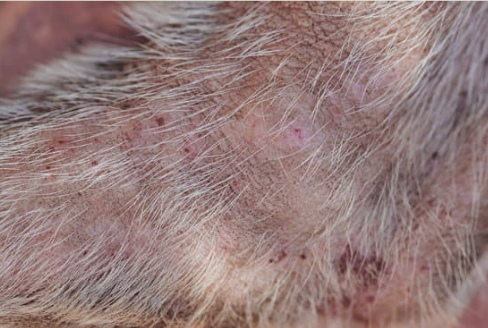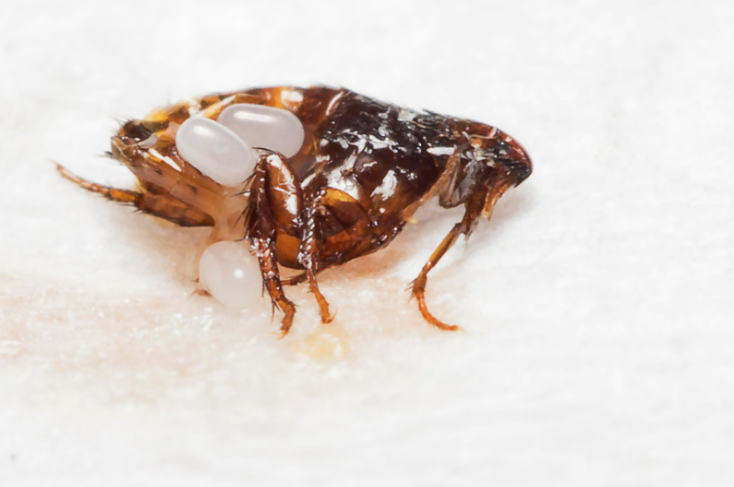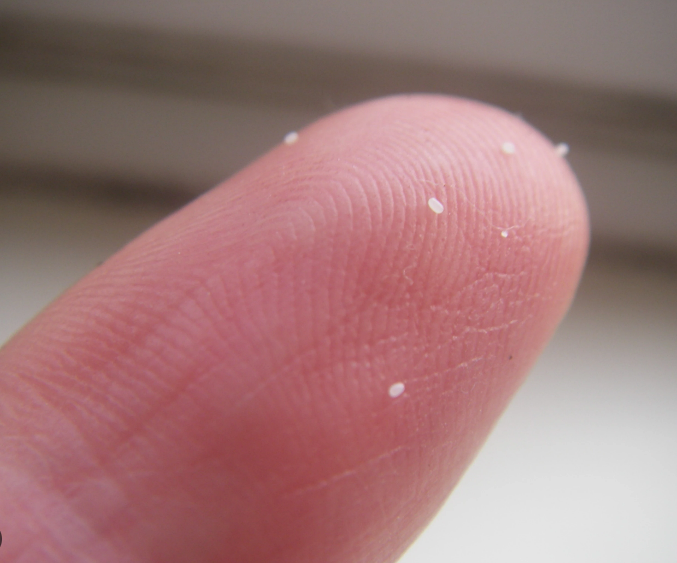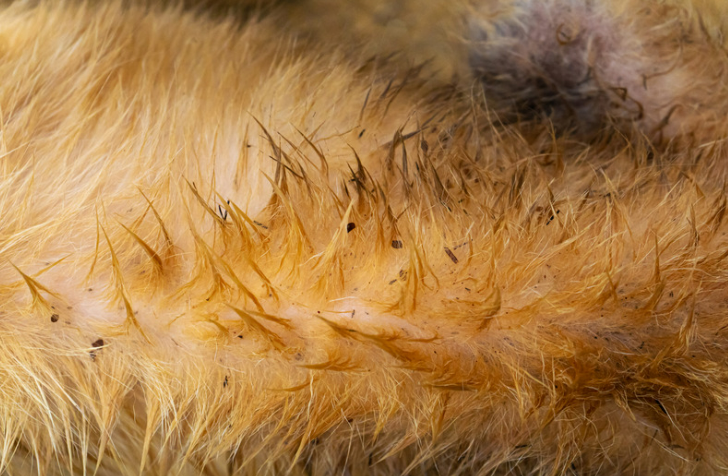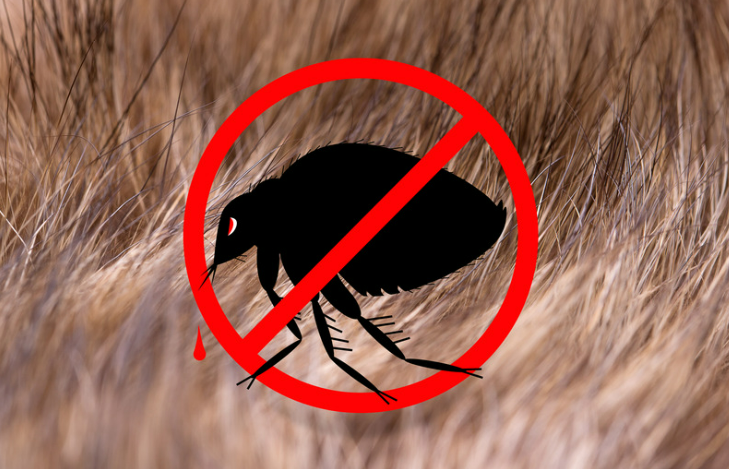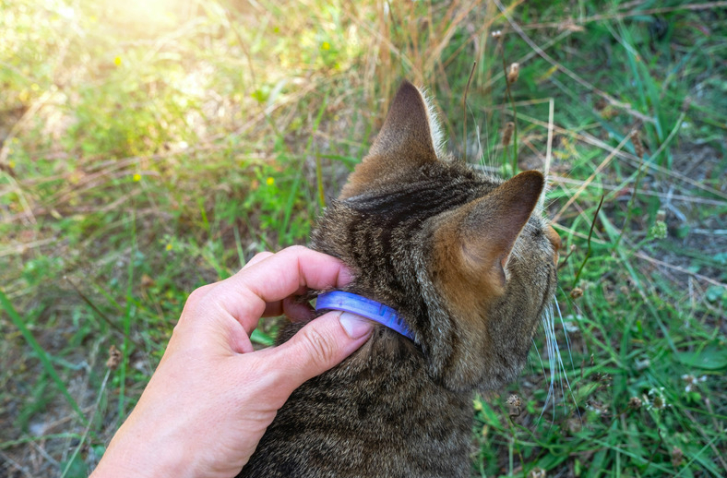Introduction: Debunking Flea Myths in Cold Weather
In this article we will discuss the age old question of does cold weather eliminating fleas. It’s a common belief that freezing temperatures are a death sentence for fleas. But how true is this? Here, we dive into the world of fleas, unraveling myths and presenting facts grounded in scientific research. We’ll explore how these resilient pests respond to winter’s chill, breaking down their survival strategies. This article serves as your go-to resource for understanding the complex relationship between fleas and cold weather. Stay with us as we unveil the truth behind one of the most debated topics in entomology. Learn more about Fleas here!
As experts in flea knowledge, we base our insights on reputable sources like the Environmental Protection Agency (EPA), which provides comprehensive information on flea control and behavior [EPA Flea Control]. We paraphrase and augment this information with our expertise, ensuring you receive accurate and actionable advice. Get ready to challenge your assumptions and gain a deeper understanding of how cold weather impacts these tiny, yet significant, insects.
Understanding Fleas: Biology and Behavior
Flea Lifecycle: Key to Their Survival
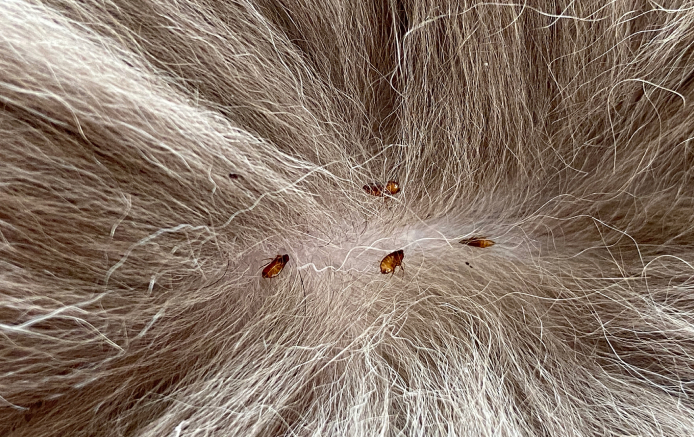
Fleas are not just a nuisance; they’re survivors, adapting through a complex lifecycle. This cycle includes four stages: eggs, larvae, pupae, and adults. Each stage has unique responses to cold temperatures. Flea eggs, laid in warm-blooded hosts’ fur or in the environment, are vulnerable to extreme cold. Larvae, seeking moisture and warmth, often fail to thrive in freezing conditions. Pupae, cocooned and dormant, can withstand lower temperatures, while adults are adept at finding warm hosts or microenvironments. This resilience makes understanding each stage crucial in effective flea control.
Flea Adaptability: How They Thrive
Fleas are marvels of adaptation. They can live and reproduce in a range of conditions, but they have limits. In cold weather, fleas seek warmth and humidity to survive. They’re not just passive survivors; they actively seek out environments that support their lifecycle. For example, adult fleas might jump onto a warm host or find shelter in cozy, indoor spaces. This adaptability is a testament to their survival skills but also highlights the need for year-round vigilance in flea control.
Referencing the Centers for Disease Control and Prevention (CDC), we gather insights into flea behavior and adaptability [CDC Flea Control]. By paraphrasing this authoritative source, we ensure you’re equipped with the most current and accurate information about flea biology. Understanding the nuances of flea behavior is key to effective prevention and control, especially during the colder months when their survival tactics become more pronounced.
The Cold Truth: How Temperature Affects Fleas
Temperature Thresholds: Cold Weather Eliminate Fleas
The resilience of fleas is often overestimated, especially when it comes to their tolerance for cold. There’s a specific temperature threshold below which fleas struggle to survive. Research indicates that fleas cannot thrive in temperatures below freezing for extended periods. This critical temperature limit affects their ability to feed, reproduce, and even survive. Understanding these thresholds is essential for effective flea management, particularly in areas with harsh winters.
Myths vs. Reality: Does Cold Kill Fleas?
It’s a widespread myth that fleas simply die off in cold weather. While it’s true that extreme cold can be lethal, it’s not a guaranteed flea exterminator. Fleas have developed strategies to survive cold spells, particularly in their pupae stage, which is more resistant to low temperatures. This resilience challenges the myth and emphasizes the need for proactive flea control strategies year-round.
Flea Behavior in Winter: Dormancy and Activity
During winter, fleas modify their behavior to cope with the cold. They may enter a dormant state, particularly as larvae or pupae, to survive through the winter. Adult fleas, on the other hand, often seek warmth and can remain active indoors. These behavioral adaptations mean that homes and warm-blooded hosts can provide a haven for fleas even in the coldest months.
Drawing from a study by the University of Kentucky’s College of Agriculture, Food, and Environment [UKY Flea Study], we understand that fleas don’t simply vanish in the winter; they adapt. Paraphrasing their findings, we see that while cold weather imposes significant stress on flea populations, it’s not a definitive solution to flea infestations. This emphasizes the importance of maintaining vigilant flea control practices throughout the year, regardless of the season. Cold Weather Eliminate Fleas
Indoor vs. Outdoor Fleas: A Winter Perspective
Indoor Flea Dynamics in Cold Weather
Indoors, fleas find a sanctuary from the harsh winter elements. Heated homes create an ideal environment for fleas to thrive year-round. This is particularly true for flea eggs and larvae, which require warm, humid conditions. Regular vacuuming and the use of flea control products are crucial in managing indoor flea populations during winter. The misconception that fleas are inactive or dead due to the cold outside often leads to infestations indoors, as people lower their guard.
Outdoor Flea Challenges During Winter
Outdoors, fleas face a much tougher battle in winter. The plummeting temperatures and frosty conditions can halt their lifecycle, especially in the egg and larval stages. However, fleas can still find refuge in protected areas, like animal dens or under leaf litter. This survival tactic means that outdoor flea populations can rebound quickly once conditions improve. Hence, treating outdoor areas in autumn and maintaining cleanliness can help reduce the likelihood of a springtime flea resurgence.
To provide authoritative and up-to-date information, we reference the National Pest Management Association [NPMA on Fleas]. By synthesizing insights from NPMA, we understand that the battle against fleas continues indoors and outdoors, regardless of the weather. This information reinforces the need for a comprehensive flea control strategy that addresses both indoor and outdoor environments, especially during the colder months when the dynamic between these two spaces plays a crucial role in flea survival and infestation. Cold Weather Eliminate Fleas
Preventive Measures and Flea Control in Winter
Importance of Year-Round Flea Control
The notion that fleas are a seasonal problem is a misconception that can lead to infestations. Fleas can survive and even thrive in homes during winter, making year-round control essential. Understanding the flea lifecycle and maintaining consistent prevention strategies is key to keeping your home flea-free. Regular treatments, both indoors and outdoors, coupled with vigilant cleanliness, can significantly reduce the risk of flea infestations, regardless of the season.
Effective Winter Flea Treatment Strategies
In winter, flea control strategies should adapt to the changing behavior of fleas. Indoors, focus on areas where pets spend most of their time, as these are likely hotspots for fleas. Regular vacuuming, washing pet bedding, and applying indoor-safe flea treatments can make a significant difference. Outdoors, concentrate on areas protected from direct exposure to cold, such as under decks or in crawl spaces. Using environmentally friendly flea control products can help manage these populations without harming the surrounding ecosystem.
For accurate and reliable information, we reference the American Veterinary Medical Association [AVMA on Flea Control]. By incorporating knowledge from the AVMA, we emphasize that effective flea control in winter is not just about reacting to infestations but also about proactive prevention. This approach requires understanding flea behavior and modifying control measures to suit the season, ensuring a flea-free environment in your home all year round.
Conclusion: Staying Flea-Free Through the Seasons
In conclusion, understanding fleas’ response to cold weather is crucial for effective flea control throughout the year. While cold temperatures can impact flea populations, it’s clear that these resilient insects can adapt and survive, especially in warm indoor environments. The key takeaway is the importance of maintaining consistent flea control practices, regardless of the season. This means being vigilant about indoor cleaning, regular pet care, and proactive outdoor maintenance. Cold Weather Eliminate Fleas
Remember, fleas are more than just a seasonal nuisance; they are a year-round concern. By staying informed and proactive, you can keep your home and pets flea-free. For further reading and resources, explore the comprehensive guides provided by reputable organizations such as the Environmental Protection Agency [EPA on Fleas] and the Centers for Disease Control and Prevention [CDC on Fleas]. These sources offer valuable insights and strategies for effective flea control.
Armed with the knowledge from this article and additional resources, you are well-equipped to tackle flea challenges in any season. By understanding the realities of flea survival in cold weather and implementing effective control measures, you can ensure a comfortable, flea-free environment for you and your pets.
